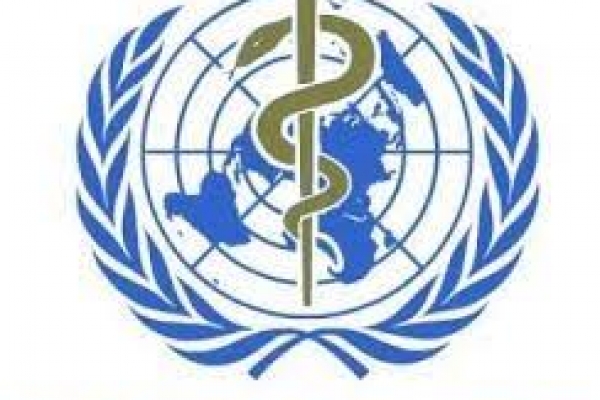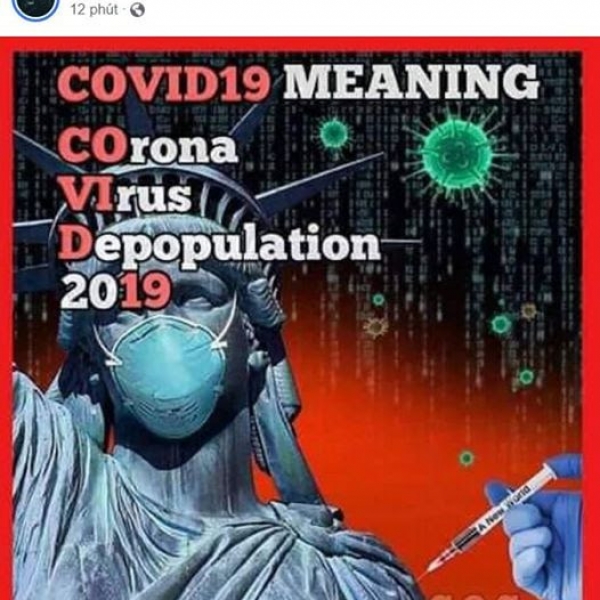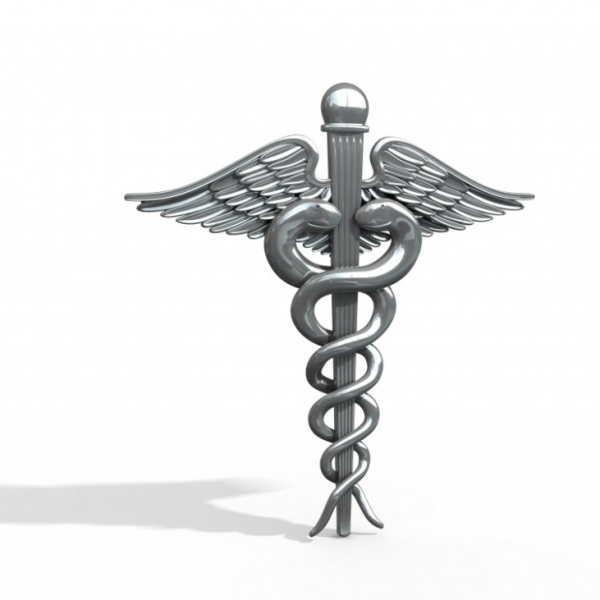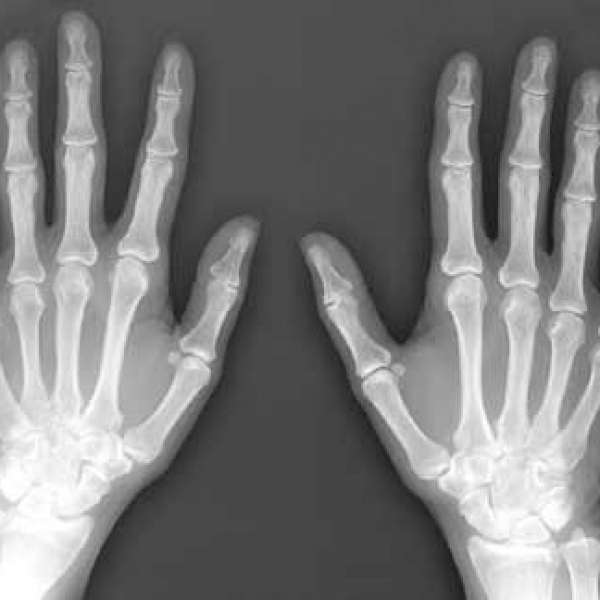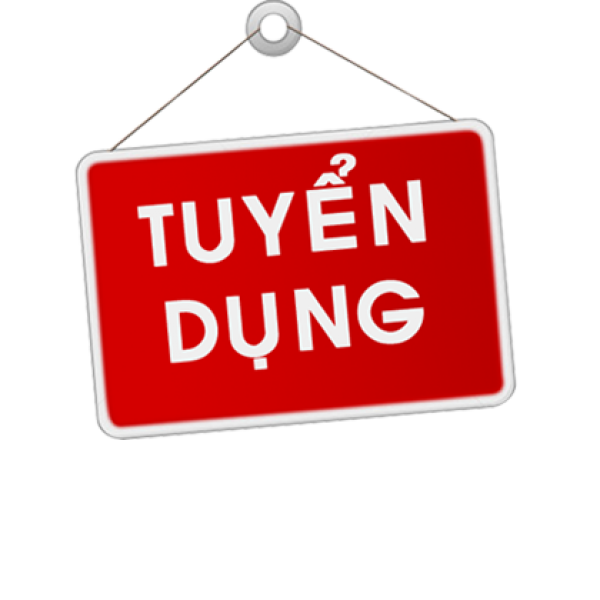Liên hệ tuyển sinh
STUDYING MEDICINE IN VIETNAM, THE OPPORTUNITY TO GET A PROFESSIONAL PRACTICE DEGREE IN USA
Phan Chau Trinh University has been developing an integrated program meeting regional and international quality standards, so that students are not only able to absorb the academic curriculum in Vietnam but also get a professional practice degree in the US (USLME), developing national and international health human resources and health sciences.
“Phan Chau Trinh University’s objective is to build a standard and prestigious university in which the health science sector including General practitioners, Odonto - stomatology doctors, nurses and medical technicians are highly recommended. With a strategic vision of training and researching based on information technology and biotechnology, Phan Chau Trinh University focuses on developing six "key points ", serving as guidelines” said the President of Phan Chau Trinh University, Prof, Dr, Nguyen Huu Tung.
The 6 "pillars" of the health sector training
Firstly, the university focuses on developing an integrated program (including the basic program of Vietnam in coordination with an American teaching curriculum).
Secondly, developing a teaching faculty system which includes medical lecturers from leading US universities who take responsibility for crucial subjects and teaching entirely in English. They together with qualified Vietnamese professors, implement the integrated programme.
Thirdly, Student English levels are developed to align with the medical English curriculum; involving student exchange programs in the US. (Recently, PCTU students won the first prize in the Olympic English Pupils, Students of Quang Nam Province).
Fourthly, PCTU students have chance to study at one of five practical hospitals (with nearly 110 patient beds) from the first school days, accounting for 70% to 80% of the practical training process.
Fifthly, PCT students are greatly equipped with the support of information technology. The IAMC (Intelligent Academic Management Center) supports medical students with anatomy through virtual reality and academic management. The IAMC is also efficient for supporting online learning, especially from medical professors in The United States. Next, the exam bank (LMS) performs research with big data as well as develops diagnosis & treatment software, and Electronic Health Records software.
The last "pillar" is the Research and Application Center, supporting students with research familiarity and conducting scientific researches with lecturers during their school time. This is considered as a practical and effective learning environment that few medical training institutions can obtain.
Learning tools - electronic medical library
Electronic medical libraries such as Hinari, Uptodate or Amboss are being used widely around the world, especially the Amboss electronic library. This is a learning system including documents, reference books, practical books, audio-visual materials and question banks ... In the US, more than 40% of students from leading medical schools get assess to Amboss. In Germany or Switzerland, up to 95% of students assessing this source of data.
Students are supported to "decode" and "update" knowledge from this worldwide electronic medical library by lecturers from well-known doctors and professors in Viet Nam and America, such as Professor Waldo Concepcion -Organ transplant specialist at Stanford University; Prof. Peter J. Panagotacos - the top dermatologist in San Francisco; Prof. Kerry, Prof. Clark from the Medical University of Oregon; Prof. Bui Duy Tam from the University of California, San Francisco (UCSF); Dr Daniel Mitchell, Carol Mitchell, MA, MS... All are focused on educating students with the most advanced medical knowledge.
By 2020, Phan Chau Trinh University will admit students with qualifying academic records to study international programs in Vietnam, and admit international students with qualified grade point average (GPA) from their senior year. The requirement for Medical and Odonto-Stomatology students is GPA> = 2.5 (on a 4.0 scale) or equivalent, the other majors are GPA> = 2.0 (on a 4.0 scale) or equivalent.
Các tin khác
- HỢP TÁC MỞ RỘNG ĐÀO TẠO Y KHOA CHO SINH VIÊN QUỐC TẾ ( 09:26 - 19/01/2024 )
- Chương trình đào tạo liên tục Mô phỏng trong y tế: Từ khởi đầu ( 19:08 - 24/03/2023 )
- Hoạt động ngoại viện của sinh viên y khoa các nhà cái uy tín đổi thưởng uy tín nhất hiện nay ( 23:46 - 07/08/2022 )
- Giới thiệu hệ miễn dịch ( 08:21 - 14/05/2021 )
- Tọa đàm “Đổi mới đào tạo nhân lực ngành y” ( 09:23 - 17/02/2021 )
- Học Y khoa tại Việt Nam, cơ hội lấy bằng thực hành tại Mỹ ( 09:44 - 14/07/2020 )
- KẾT QUẢ BAN ĐẦU DẠY TRỰC TUYẾN CỦA KHOA Y, các nhà cái uy tín đổi thưởng uy tín nhất hiện nay ( 14:03 - 26/03/2020 )
- Hiệu trưởng nhà trường - Tiến sỹ Phạm Hùng Vân tổ chức CME về dịch viêm phổi covid-19 ( 08:55 - 14/02/2020 )
- HỌC Y KHOA TRỰC TUYẾN VỚI ĐẠI HỌC HARVARD ( 22:16 - 12/02/2020 )
- HỘI THI OLYMPIC TIẾNG ANH HỌC SINH, SINH VIÊN TỈNH QUẢNG NAM NĂM 2020 ( 12:51 - 07/01/2020 )



